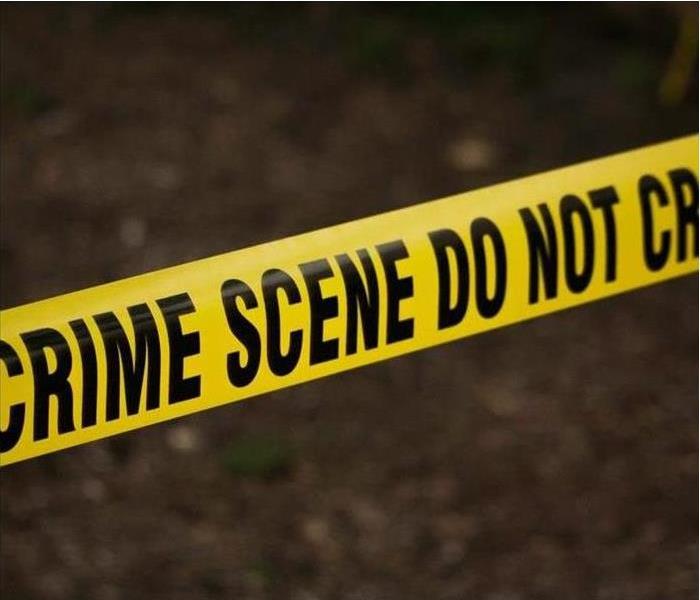What is a Biohazard Cleanup?
1/14/2021 (Permalink)
Biohazard cleanup, put simply, is the cleaning, sanitation, and deodorizing of areas where a traumatic events such as an accident, injury or death has occurred. Usually this means dealing with blood, human or animal remains, chemical spills, and more. This also includes cleaning up after a crime scene, since it is up to the property owner to find biohazard cleaning services. Keep in mind that a professional cleanup team can only begin after the police have gathered enough evidence related to the incident.
Does Biohazard Cleanup Require Certification?
There is no “Biohazard Technician” certification, however, OSHA does require technicians to properly wear personal protective equipment (PPE) when dealing with bloodborne pathogens. PPE helps ensure the safety of our workers. This equipment helps prevent hazardous material from contacting the body through the skin, eyes, mouth, nose or any other area. Although PPE varies from job to job, it should always include gloves, a hazardous material body-suit, and a respirator.
Our Biohazard Cleanup Process
- First, our remediation crew identifies the affected areas and determines the scope of the work. Once the plan is agreed upon, the remediation begins as quickly as possible.
- Technicians always put the focus on both their safety and that of other individuals at the cleanup site.
- Next, they remove all potentially infectious materials from the site.
- Hazardous medical waste, such as: bodily fluids, or items that contain potential health hazards, are handled following OSHA regulations. We then send them to a licensed Medical Incinerator.
- We remove porous materials like fabric and carpeting following both industry and state regulations.
- Non-hazardous materials are decontaminated if they are salvageable.
- After the cleanup and sanitization, we thoroughly deodorize the affected areas.
- Removing contaminated materials, then cleaning and sanitizing is usually enough to control odors.However, in rare cases, the crew will use hydroxyls or ozone to ensure the odor is eliminated.






 24/7 Emergency Service
24/7 Emergency Service
